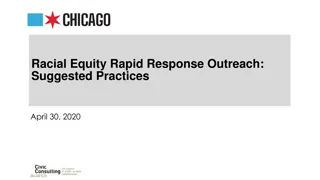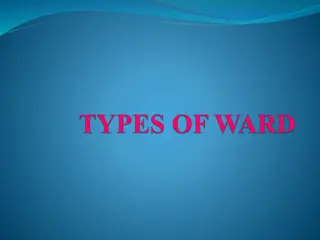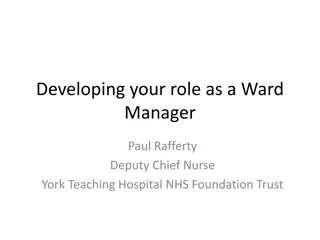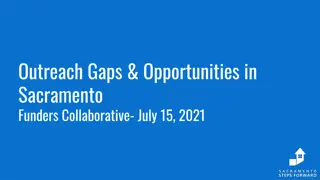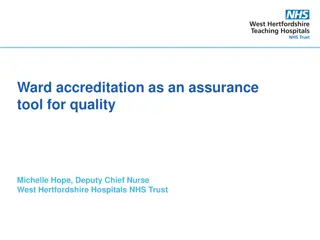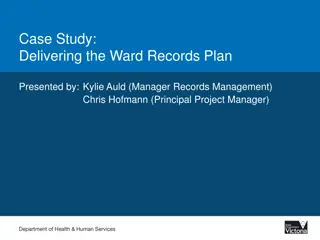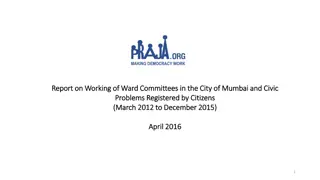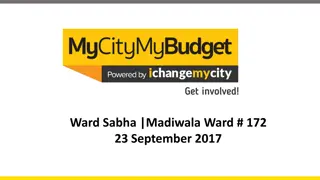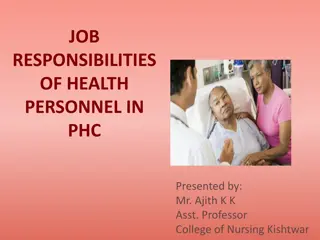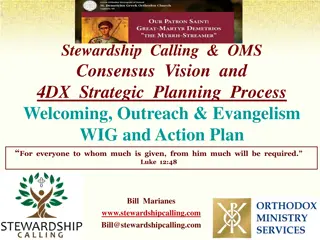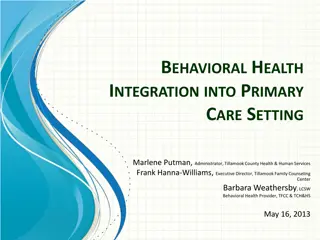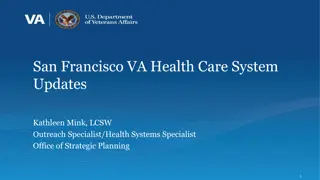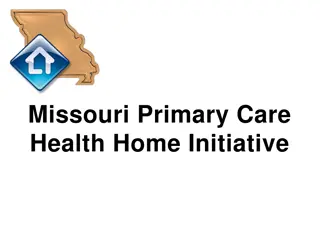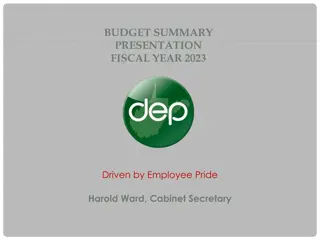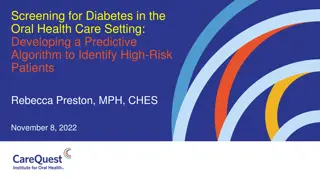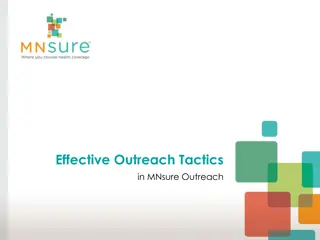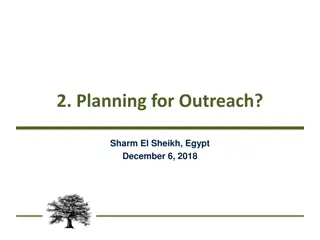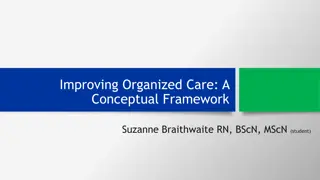Ward-based Primary Health Care Outreach Team
The content provides information about high blood pressure (hypertension), including its definition, dangers, causes, signs, symptoms, and preventive measures. It emphasizes the role of community health workers in educating households about high blood pressure, its risks, and how to manage it effectively.
Download Presentation

Please find below an Image/Link to download the presentation.
The content on the website is provided AS IS for your information and personal use only. It may not be sold, licensed, or shared on other websites without obtaining consent from the author. Download presentation by click this link. If you encounter any issues during the download, it is possible that the publisher has removed the file from their server.
E N D
Presentation Transcript
Ward-based Primary Health Care Outreach Team
Community Health Worker Training Phase 2
Lesson 6 High Blood Pressure
Role of the CHW Explain to household members what high blood pressure is Discuss with household members the importance of knowing what the dangers of high blood pressure are Know what causes high blood pressure Know the signs and symptoms of high blood pressure Learn how to lower the risk for high blood pressure, including healthy eating, exercising and not smoking Look out for household members who have signs of high blood pressure and refer to the clinic as soon as possible Support household members who have high blood pressure
Learning Objectives Understand what high blood pressure is and the dangers of high blood pressure Describe the causes of high blood pressure Discuss the signs and symptoms of high blood pressure Explain how high blood pressure can be lowered
What is high blood pressure? When the pressure of the blood in the arteries becomes too high Can cause illness and problems in the heart, kidneys, eyes and other parts of the body Also called hypertension
Dangers of high blood pressure Stroke Heart attack Damage to the eyes Narrowing of the blood vessels Failure of the kidneys
Causes of high blood pressure Smoking or chewing tobacco Being overweight, especially around the stomach area Diabetes Doing little exercise or not exercising at all Family history of high blood pressure Not following a healthy diet Eating a lot of salt Not having enough minerals in the diet Lack of Vitamin D Drinking alcohol Stress Old age Chronic kidney disease
Signs and symptoms of high blood pressure Yes No Warning Signs Do you have very bad headaches? Do you feel tired or confused? Do you feel dizzy? Do you feel like vomiting? Do you have blurry eyesight? Do you have chest pains? Do you have shortness of breath? Do you have an irregular heartbeat? Is there blood in your urine? Do you feel a pounding in the chest, in your neck or ringing in the ears? Do you have swollen ankles?
Important It is very important that if a household member has any of these symptoms, they must go to the clinic immediately to have their blood pressure checked.
Checking for high blood pressure High blood pressure will be diagnosed by a healthcare worker They will measure blood pressure with a blood pressure machine Thorough check for high blood pressure includes: physical check illness history of the household member and their family
Supporting household members to control their blood pressure Eat 3-6 small meals each day and not 2-3 large meals Eat a healthy diet Recommend that overweight people should lose weight Stop smoking Limit salt intake Not drink alcohol Cut down on the amount of caffeine drinks Exercise for at least 30 minutes at least 5 times a week Take the medicines as prescribed by the healthcare worker Reduce stress
Supporting household members who are being treated for high blood pressure Household members must be supported in the following way: To take their medicines exactly as prescribed by the healthcare workers To follow a healthy lifestyle To go to the clinic at least once a month to have their blood pressure checked and to collect their medicines To go to the clinic immediately if they have any new symptoms
Activity: Working in Pairs One member plays a household member with high blood pressure and one member plays the CHW. Give the household member advice on how to reduce their blood pressure. One member plays the role of the CHW, talking to their household member about the symptoms of high blood pressure. The household member talks about, e.g., having severe headaches. The CHW must use the checklist to encourage the household member to go to the clinic to have their blood pressure checked. The household member wants to know how their blood pressure will be checked. The CHW must tell the household member how the healthcare workers will check if their blood pressure is high.


